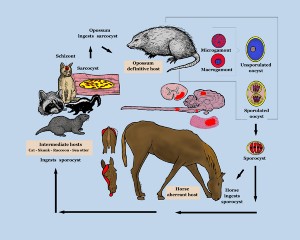
Hay season is here. Make sure you have a clean source for hay that has been protected from contamination. Here is information on EPM from a simple source…wikipedia.
EPM was first discovered in the 1960s by Dr. Jim Rooney. The disease is considered rare, though recently, an increasing number of cases have been reported. Outdated[citation needed] research at the University of Kentucky identified the opossum as the definitive host of the disease. However since that time it has been learned that all wildlife can be a host and mostly the “barn cat”[citation needed]. Horses in the Rocky Mountains have been found with EPM where no opossum has ever lived or been[citation needed]. The term EPM refers to the clinical neurologic symptoms caused by the parasite, not infection itself. The majority of horses infected with S. neurona do not exhibit neurologic symptoms consistent with EPM. There are six subspecies of S. neurona which can be identified by surface antigens (SAG). Equine EPM is caused by the parasites that exhibit SAG1, SAG5, and SAG6. SAG1 and SAG5 are responsible for the majority of EPM cases in horses. Horses produce antibodies to these surface antigens. Serum antibody testing is available that measures levels of these antibodies in the blood of horses, which is helpful in diagnosing EPM in an ataxic horse. Serial blood levels are helpful in guiding treatment. In experimentally infected horses it takes 17 days from infection to positive antibody tests. 80% of horses with EPM have positive antibody tests. A negative antibody test in the presence of EPM results if testing is done before 17 days or if the horse has been treated with antiprotozoal drugs which delays antibody production.
Causes
EPM is caused by the parasite Sarcocystis neurona. The life cycle of S. neurona is well described. In order to complete its life cycle this parasite needs two hosts, a definitive and an intermediate. In the laboratory, raccoons, cats, armadillos, skunks, and sea otters have been shown to be intermediate hosts. The opossum has been proven not to be the definitive host of the disease. Horses most commonly contract EPM from grazing or watering in areas where wildlife or cats has recently defecated. However, horses cannot pass the disease among themselves, that is, one horse cannot contract the disease from another infected horse. The horse is a dead-end, or aberrant, host of the parasite.[1]
Symptoms
The neurologic signs that EPM causes are most commonly asymmetric incoordination (ataxia), weakness and spasticity, although they may mimic almost any neurologic disorder. Clinical signs among horses with EPM include a wide array of symptoms that may result from primary or secondary problems. Some of the signs are difficult to distinguish from other problems, such as lameness, which can be attributed to many different causes. Apparent lameness, particularly atypical lameness or slight gait asymmetry of the rear limbs are commonly caused by EPM. Focal muscle atrophy, or even generalized muscle atrophy or loss of condition may result. Secondary signs also occur with neurologic disease. Airway abnormalities, such as laryngeal hemiplegia (paralyzed flaps), dorsal displacement of the soft palate (snoring), or airway noise of undetermined origin may result from protozoa infecting the nerves which innervate the throat, although this is uncommon.
In experimentally infected horses, very early and in some cases transient signs included dropping feed, decreased tongue tone, facial paresis, mentation change, generalized weakness, and lameness.
It is thought that Sarcocystis neurona does not need to enter the CNS to cause disease, in some cases S. neurona has been found in the CNS but usually not. In cases where S. neurona is found in the CNS,leukocytes (white blood cells) probably play a role in the parasite’s penetration of the blood brain barrier.
Treatment and prevention[edit]
EPM is treatable, but irreversible damage to the nervous system is possible. It is important to identify the disease as early as possible and begin treatment with antiprotozoal drugs. There are currently three FDA approved treatments available in the US: ReBalance (sulfadiazine and pyrimethamine),[2] Marquis (ponazuril), and Protazil (diclazuril). These drugs minimize the infection but do not kill the parasite. The use of anti-inflammatory agents such as Banamine, corticosteroids, or phenylbutazone are often used to help reduce inflammation and limit further damage to the CNS. Antioxidants, such as vitamin E may help promote the restoration of nervous tissue. Response to treatment is often variable, and treatment may be expensive. Recently, antiprotozoal treatments that kill the parasite and clear the infection have shown great promise. The inflammatory component is thought responsible for the symptoms of EPM; anti inflammatory drugs that target the IL-6 pathway have been particularly effective at reversing symptoms.
Control of this disease includes proper storage of hay and feed, the control of opossums on the property, and prompt disposal of animal carcasses. No vaccine is available.
Resources on wikepedia page






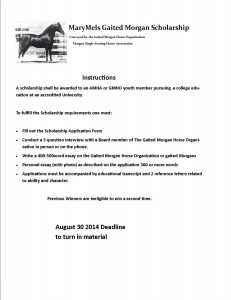
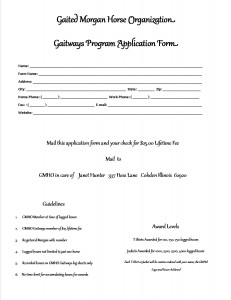

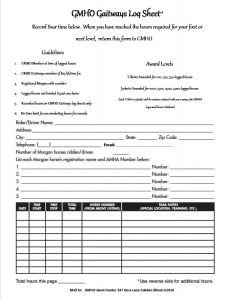

















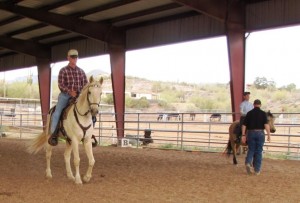
 The 25th Annual Bison Roundup, Friday, October 28 and Saturday, October 29, 2011. Brent Skidmore and other Volunteer wranglers will once again saddle-up and move the park’s herd of 600 free-roaming bison from the southern tip of the Island to the bison corrals on the northern end of the island.Brent makes this an annual event. If you happen to be in the area, the best viewing opportunities are from the East Shore Road. Brent Skidmore and others from the American Fork area will be working the herd and moving them across the island to a holding facility with the park department as the Wildlife Biologists and Park Managers work to keep the herd healthy and in check. Have fun Brent and be careful!! Stay tuned for new photos and story
The 25th Annual Bison Roundup, Friday, October 28 and Saturday, October 29, 2011. Brent Skidmore and other Volunteer wranglers will once again saddle-up and move the park’s herd of 600 free-roaming bison from the southern tip of the Island to the bison corrals on the northern end of the island.Brent makes this an annual event. If you happen to be in the area, the best viewing opportunities are from the East Shore Road. Brent Skidmore and others from the American Fork area will be working the herd and moving them across the island to a holding facility with the park department as the Wildlife Biologists and Park Managers work to keep the herd healthy and in check. Have fun Brent and be careful!! Stay tuned for new photos and story
